Revenue Driven by BrandLock
See what our enterprise customers have to say

Beddy's drives 9.59% revenue by optimizing shopper journeys for Hijacked, Hesitant & Extension Shoppers.
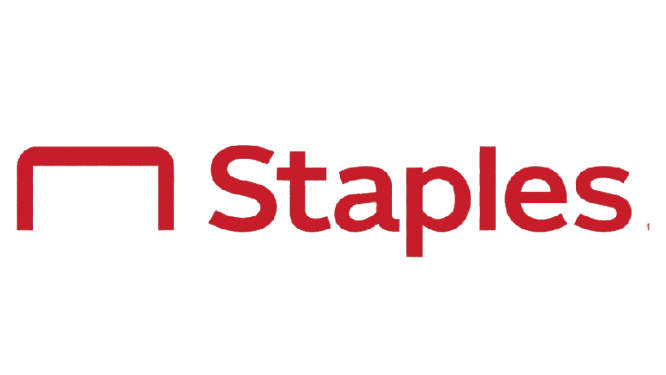
Staples drives 1.4% revenue by optimizing shopper journeys for Hijacked & Extension Shoppers while saving 39% in Affiliate Fees.

Reliable Parts drives 4.44% revenue by optimizing shopper journeys for Hijacked & Hesitant Shoppers.
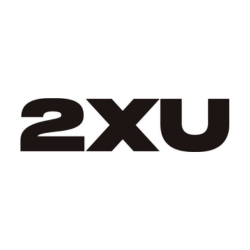
2XU drives 3.72% revenue by optimizing shopper journeys for Hijacked & Hesitant Shoppers.

Ashridge Nurseries drives 4% revenue by optimizing shopper journeys for Hijacked & Wrong Coupon Shoppers.
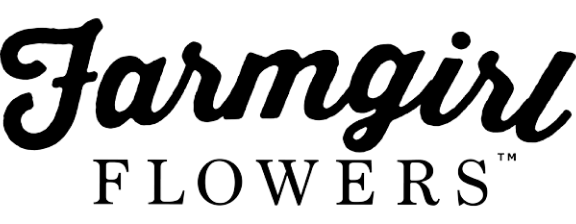
Farmgirl Flowers drives 2.79% revenue by optimizing shopper journeys for Hijacked Shoppers.

The Free Spirits Company drives 5.95% revenue by optimizing shopper journeys for Hijacked & Hesitant Shoppers.

UK Soccer Shop drives 4.16% revenue by optimizing shopper journeys for Hijacked and Hesitant Shoppers.
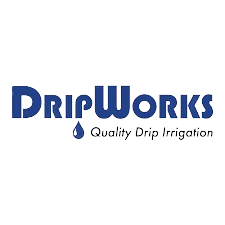
DripWorks drives 15.90% revenue by optimizing shopper journeys for Hijacked, Hesitant, Wishlist, Extension & Wrong Coupon Shoppers

Aurelia London drives 5.74% revenue by optimizing shopper journeys for Hijacked & Wishlist Shoppers.

420 Science drives 19.17% revenue by optimizing shopper journeys for Hijacked, Hesitant, Wishlist & Wrong Coupon Shoppers

The Woolery drives 2.29% revenue by optimizing shopper journeys for Hijacked Shoppers

Inyo Pools drives 6.52% revenue by optimizing shopper journeys for Hijacked Shoppers

Newton Baby drives 3.68% revenue by optimizing shopper journeys for Hijacked Shoppers, Hesitant Shoppers & Wrong Coupon Shoppers

Nicks Boots Drives 24.33% Revenue Growth by Optimizing Shopper Journeys for Hijacked Shoppers, Hesitant Shoppers & Wrong Coupon Shoppers

Gift Express Drives 21.47% Revenue Growth By Optimizing Hijacked, Hesitant, Extension, Wrong Coupon & Wishlist Shoppers

Tire Agent drives 16.58% revenue by locking onto Hijacked, Frustrated & Wrong Coupon Shoppers.

Viasox targets Hijacked & Wrong Coupon Shoppers & Increases Revenue by 3.21%
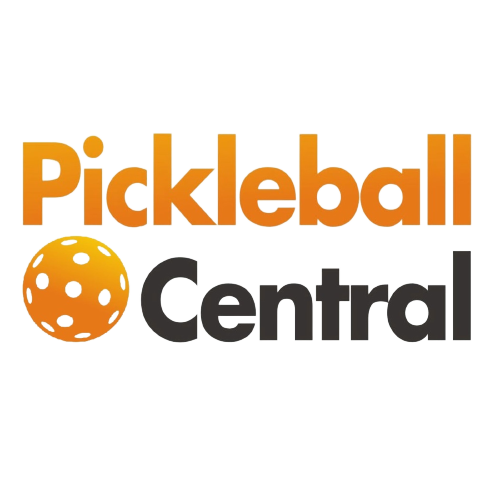
8.71% Revenue Driven by Optimizing Hijacked, Hesitant, Extension, Wrong Coupon & Wishlist Shoppers
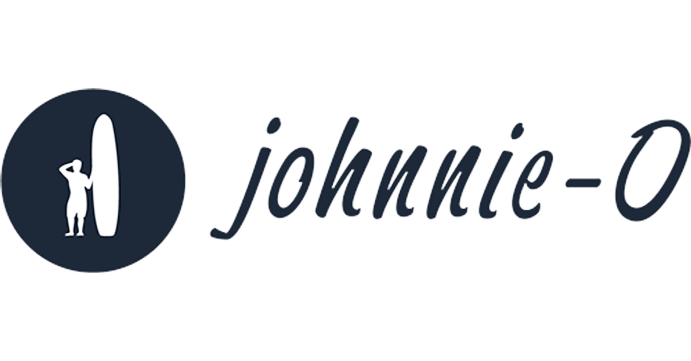
johnnie-O Drives 3.31% Revenue By Optimising Hijacked & Wrong Coupon Shoppers, Increasing Conversion Rates by 3.90%
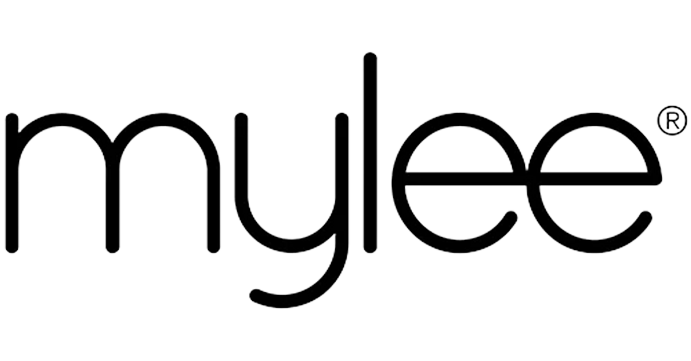
Mylee Drives 3.47% Revenue Growth by Locking Onto Hijacked & Hesitant Shoppers

Stark Bro's Drives 2.34% Revenue Per Session by locking onto Hijacked Shoppers, Increasing Conversion Rates by 4.26%

Inspire Uplift targets Hijacked & Hesitant Shoppers & Increases Site Revenue by 3.96%

Legion Athletics Drives 4.74% Revenue by Locking Onto Hijacked, Hesitant, Extension, Wishlist & Wrong Coupon Shoppers

AmourPrints Drives 3.04% Revenue Growth By Locking onto Hesitant, Wishlist, Hijacked & Extension Shoppers

CompAndSave Got 5.12% Revenue Growth by locking onto Hesitant, Wish List, Hijacked & Extension Shoppers

Lalo Drives 2.83% Revenue By Optimizing Shopper Journey for Hijacked Shoppers, Increasing Revenue Per Visit by 5.94%

Frette focuses on Hijacked Shoppers & Increases Revenue Growth by 7.88%

Golfbidder Drives 14.47% Revenue Per Visit Lift By Locking onto Hijacked Shoppers, & Increases Conversion Rate By 5.87%

Murad enjoys 7.68% Revenue Growth By Focusing on Hijacked & Wrong Coupon Shoppers
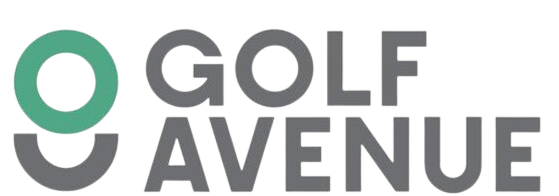
Golf Avenue Enjoys 6.62% Revenue Growth By Locking Onto Hijacked Shoppers

Charles Tyrwhitt Shirts Drives 5.69% Revenue By Optimizing Shopping Experience For Hijacked Shoppers

HerRoom Drives 4.63% Revenue Per Visit Lift By Locking Onto Hijacked Shoppers, Increasing Conversion Rates by 5.54%

Cosabella Drives 5.71% Revenue Growth By Optimizing Hesitant, Wishlist, & Hijacked Shoppers

ProHealth Got 16.62% Revenue By Locking Onto Extension, Hijacked & Wrong Coupon Shoppers

Jolyn Enjoys 3.47% Revenue By Locking Onto Extension, Hijacked & Wrong Coupon Shoppers

CBII CBD Focuses On Hesitant & Hijacked Shoppers & Drives 6.07% Online Revenue Growth
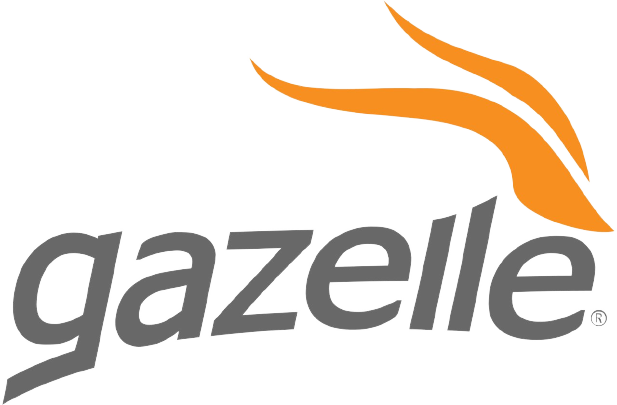
Gazelle Drives 7.53% Revenue Through BrandLock By Targeting Hesitant, Hijacked & Wrong Coupon Shoppers

SuperATV Drives 13.40% Revenue By Optimizing Shopper Journeys For Wrong Coupon & Hijacked Shoppers

Gourmet Gift Baskets Got 5.21% Revenue Through BrandLock By Targetting Hijacked & Wrong Coupon Shoppers

Appleseed's Drives 10.56% Revenue By Optimizing Hijacked, Extension & Wrong Coupon Shoppers

Blair drives 3% revenue by focusing on Extension, Hijacked, & Wrong Coupon Shoppers.

Tula Got 5.49% Online Revenue Growth By Locking Onto Hesitant, Wishlist, Hijacked & Wrong Coupon Shoppers

Draper's & Damon's Got 6.25% Revenue Growth By Locking Onto Extension, Hijacked & Wrong Coupon Shoppers

Haband Drives 11.23% Revenue By Focusing On Hijacked Shoppers & Wrong Coupon Shoppers

Delonghi Drives 11.49% Revenue By Tapping Into Hesitant, Wrong Coupon & Hijacked Shoppers

G/Fore Got 5.08% Revenue Growth By Locking Onto Wrong Coupon & Hijacked Shoppers

Lulu and Georgia Drives 5.40% Revenue Growth By Optimizing Shopper Journeys For Wrong Coupon & Hijacked Shoppers

Peter Millar Drives 3.08% Revenue By Focusing On Hijacked Shoppers, Increasing Conversion Rates by 7.04%

Fingerhut Drives 10.36% Revenue By Focusing On Hijacked, Hesitant & Wrong Coupon Shoppers

Cariuma Drives 4.81% Revenue Through BrandLock By Focusing On Hijacked and Wrong Coupon Shoppers

DERMAdoctor Drives 12.37% Revenue Growth By Locking Onto Hesitant, Wrong Coupon & Hijacked Shoppers

Franklin Planner Got 22.18% Revenue By Targeting Hesitant, Wrong Coupon & Hijacked Shoppers

Famous Smoke Drives 8.66% Revenue By Targeting Hijacked, Extension, Hesitant, Wrong Coupon Shoppers

Fila Got 8.67% Online Revenue Growth By Locking On Extension, Hesitant, Wish List & Hijacked Shoppers
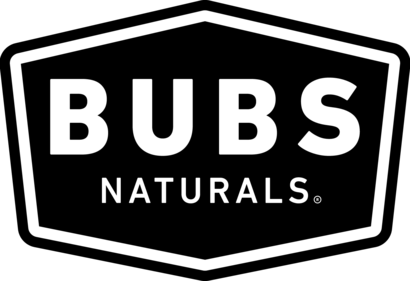
BUBS Naturals Increases 7.49% Revenue Per Visit By Locking Onto Hijacked Shoppers, Increasing Conversion Rates by 7%

Pharmaca got 4% Revenue Growth by Locking Onto Hijacked Shoppers

Feel Unique Drives 2.73% Online Revenue By Locking On To Hijacked & Wrong Coupon Shoppers

Bare Necessities Focuses On Hijacked Shoppers & Drives 7.12% Revenue Through BrandLock

Novica Drives 8.15% Revenue Through BrandLock By Targeting Wrong Coupon & Hijacked Shoppers

Cartier Targets Hijacked Shoppers & Drives Revenue By 9.81%

Jabra Drives 2.86% Revenue Growth By Locking Onto Hijacked Shoppers, Increasing Revenue Per Visit by 8.1%
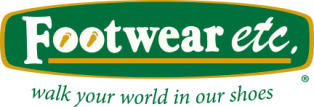
Footwear etc. Optimizes Hijacked Shoppers & Drives 7.3% revenue through BrandLock

Topshop Increases 6.2% Revenue Per Visit By Targeting Hijacked Shoppers

Company Overview
Puma is a German multinational corporation that designs and manufactures athletic and casual footwear, apparel, and accessories, which is headquartered in Herzogenaurach, Bavaria, Germany. Puma is one of the largest sportswear manufacturer in the world.
Business Challenge
Browser injected ads taking shoppers away from Puma to competitor sites
Puma, one of the world’s largest sport & lifestyle brands, noticed its online shoppers dropping off from product pages. While aware of browser-injected ads, there was some initial skepticism regarding the size of the problem, and the overall impact ads could be having on Puma shoppers. The contextual nature of these ads, luring shoppers with discounts, combined with the seamless nature at which insert themselves onto a page, leaves shoppers distracted, confused, and curious–clicking the ads 70% of the time.
The browser injected ads compromised the on-site shopping experience for Puma customers and also increased their overall exit rate. When BrandLock met Puma, the meeting resulted in a quick analysis of the online store. This led to Puma discovering that a number of browser-injected ads were, in fact, deploying on its category, product, and check-out pages. They also noted that more than 11% of their traffic was exposed to these ads.
Puma also realized that the injected ads were not aimed at hacking its site. The ads only served to lure shoppers away from completing purchases, redirecting them to competitor sites, in order to make affiliate fees on the traffic. The problem isn’t going away on its own because consumers aren’t complaining – the ads benefit them, leading them to better deals on the very same product. Retailers simply don’t see these ads, thus the skepticism that this is even a problem. It’s this combination of shopper benefit + being an invisible problem to retailers that allows folks on the Dark Web to make money unencumbered; simply by stealing traffic and getting paid for it.
BrandLock solution
BrandLock & Puma A/B test to measure the impact of browser injected ads
Puma agreed to work with BrandLock on a pay-for-performance model to measure the impact of browser-injected ads. (Brandlock charges a small % on the revenue lift delivered, as measured by Puma.) BrandLock and Puma then set about on 12 months of continuous A/B testing under the following plan:
- Single variant testing framework – BrandLock ‘on’ vs ‘off’
- Randomized grouping – Visitors are assigned at random to two groups (control and protected)
- Data Integrity – Results flow directly to Puma’s Google Analytics. (Brandlock never touches the data or results.)
- Revenue per session – #1 Metric to measure the impact of removing browser injected ads across all devices (combines AOV and CR into 1 metric that directly impacts P&L) The test began by adding just one line of code to Puma’s tag management solution, inserting Brandlock’s Javascript.
The A/B test on Puma began with a simple 50-50 traffic split. The visitors were randomly categorized into two groups – control (exposed to browser injected ads) and protected (browser injected ads disabled by BrandLock Shield).
The first month of the A/B test resulted in:
- Control Group – 2.91% conversion rate
- Protection Group – 3.13% conversion rate
From the second month, Shield began protecting 90% of Puma’s traffic, leaving only 10% to the ‘control group’ where the ads were allowed to run their course.
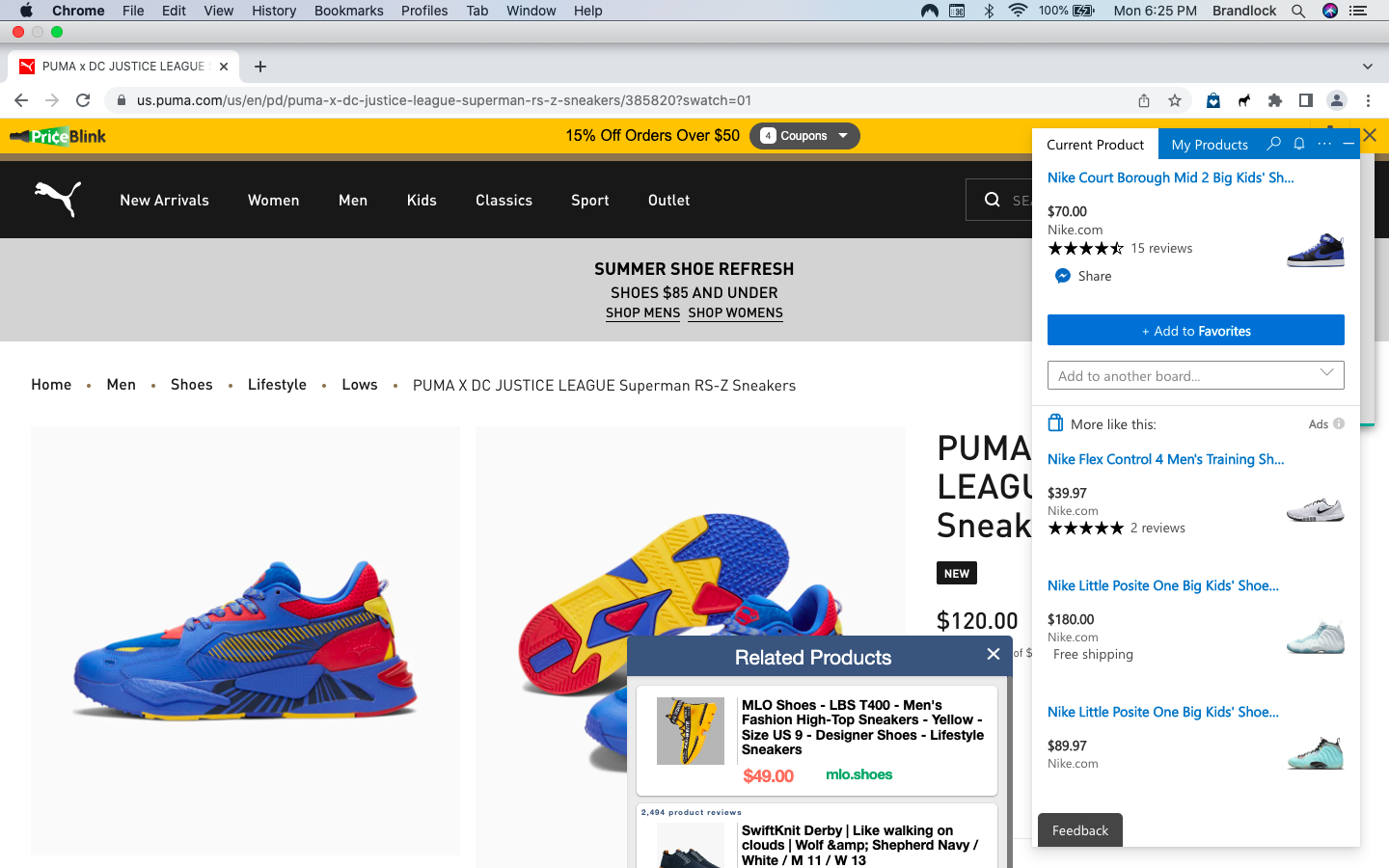
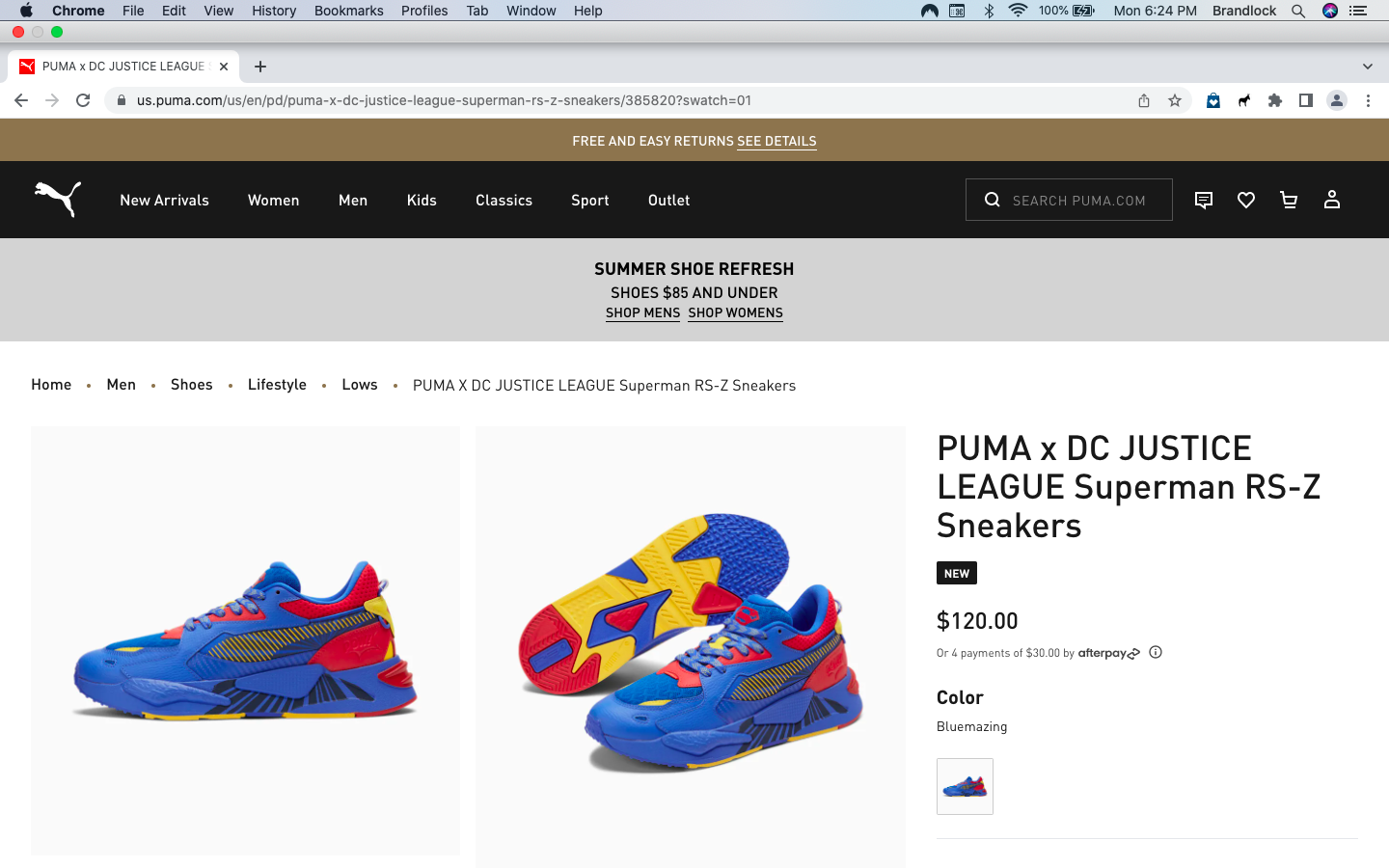
Impact
Puma removes browser injected ads to increase revenue with BrandLock Shield
The results of the A/B test seamlessly began to flow into the analytics platform of Puma – Google Analytics. This made it easier for the brand to also monitor the impact of removing browser-injected ads with BrandLock Shield.
In the first month, Puma noticed a +3.13% increase in the overall site conversion rate for the protected group. By the next month, the conversion rate lifted to +5.11% for these protected shoppers.
After 12 months of continuous A/B testing, Puma successfully decreased its exit rate, increased on-site conversions, and its revenue per session. They also found that shoppers in the protected group were more engaged with what the store had to offer.
With BrandLock Shield, Puma achieved:
- + 7.1 % increase in revenue per session
- + 7.4 % increase in conversion rate
- – 10 % decrease in bounce rate
- + 11.4 % increase in orders per visit
Stop ad injections from diverting your shoppers to competitors
Schedule a Demo
